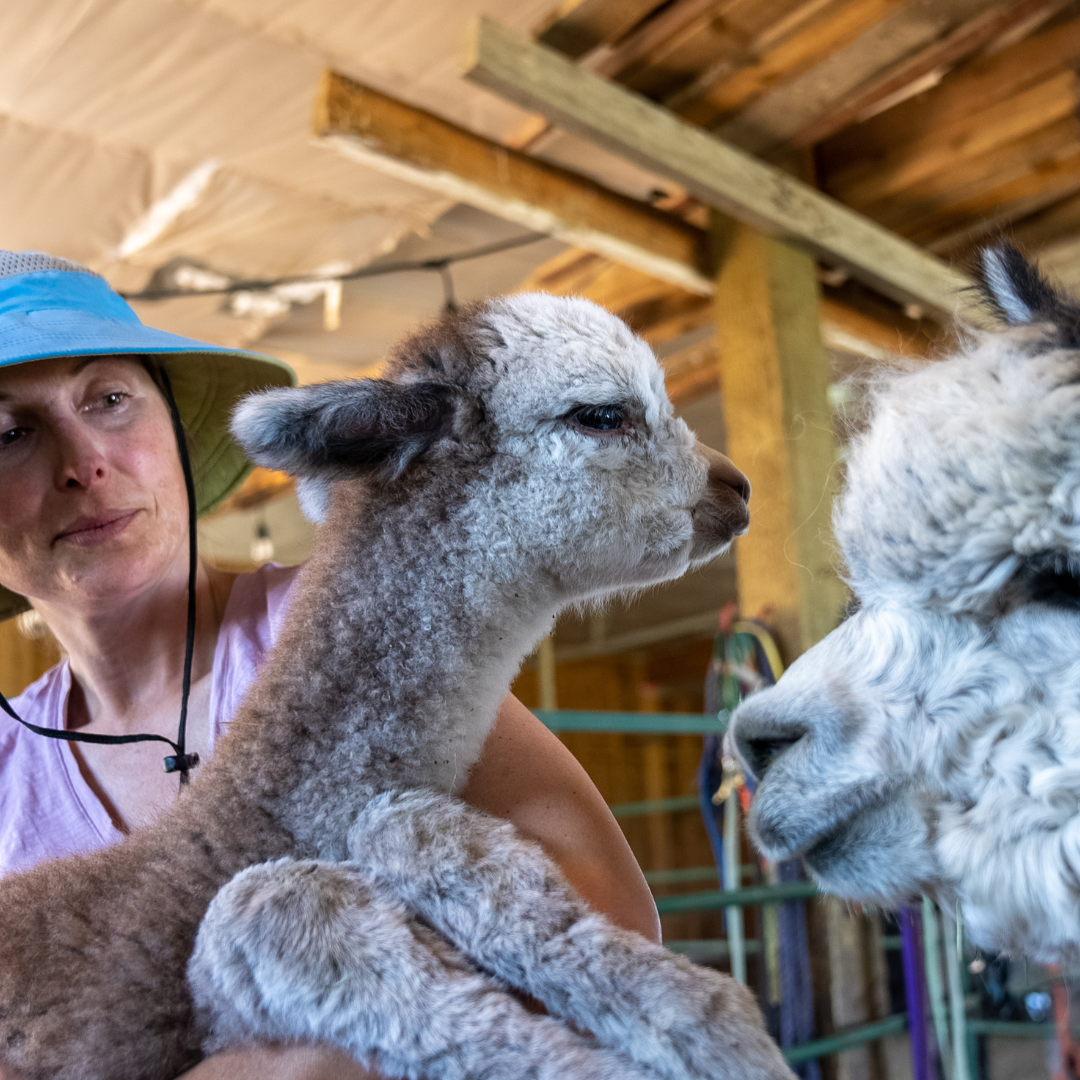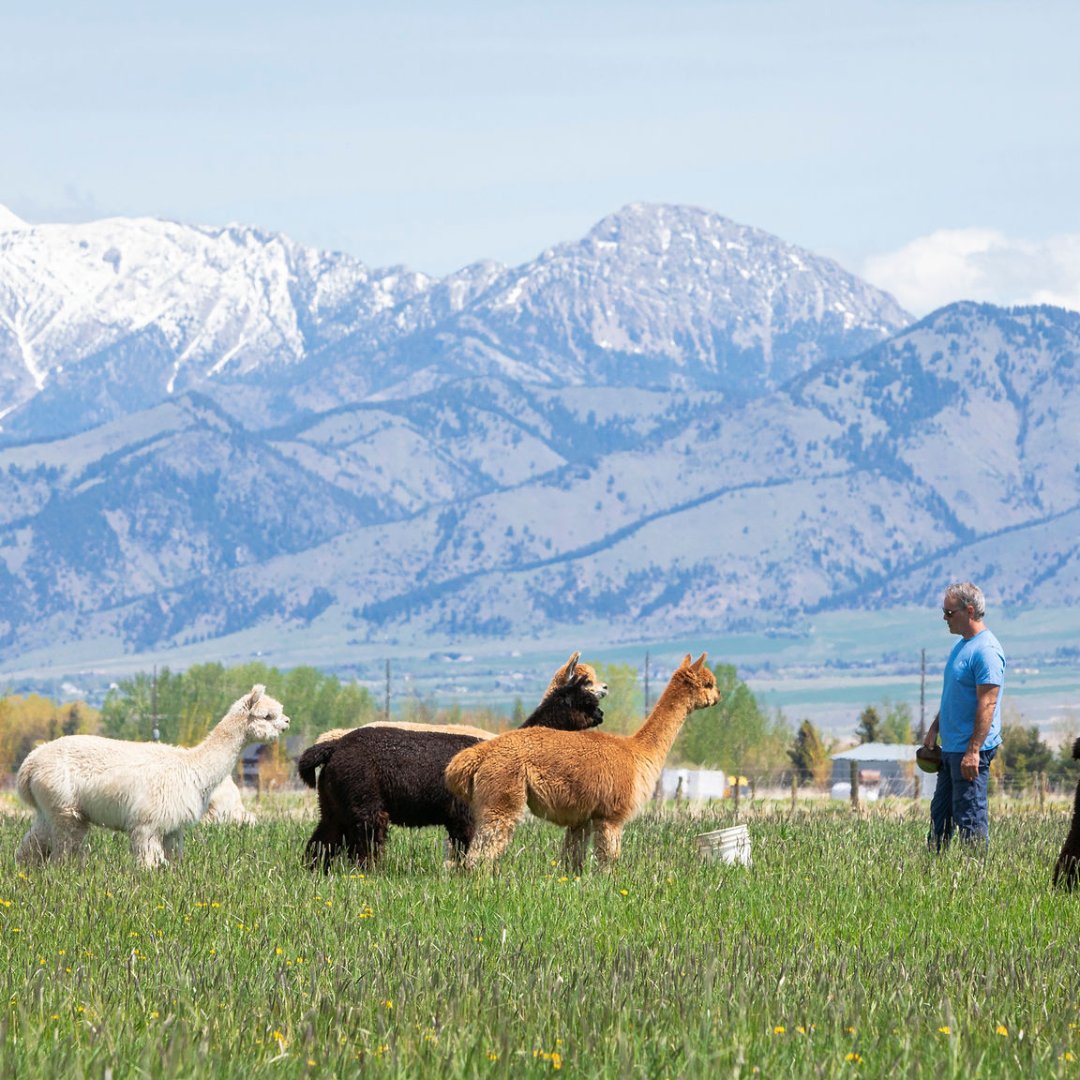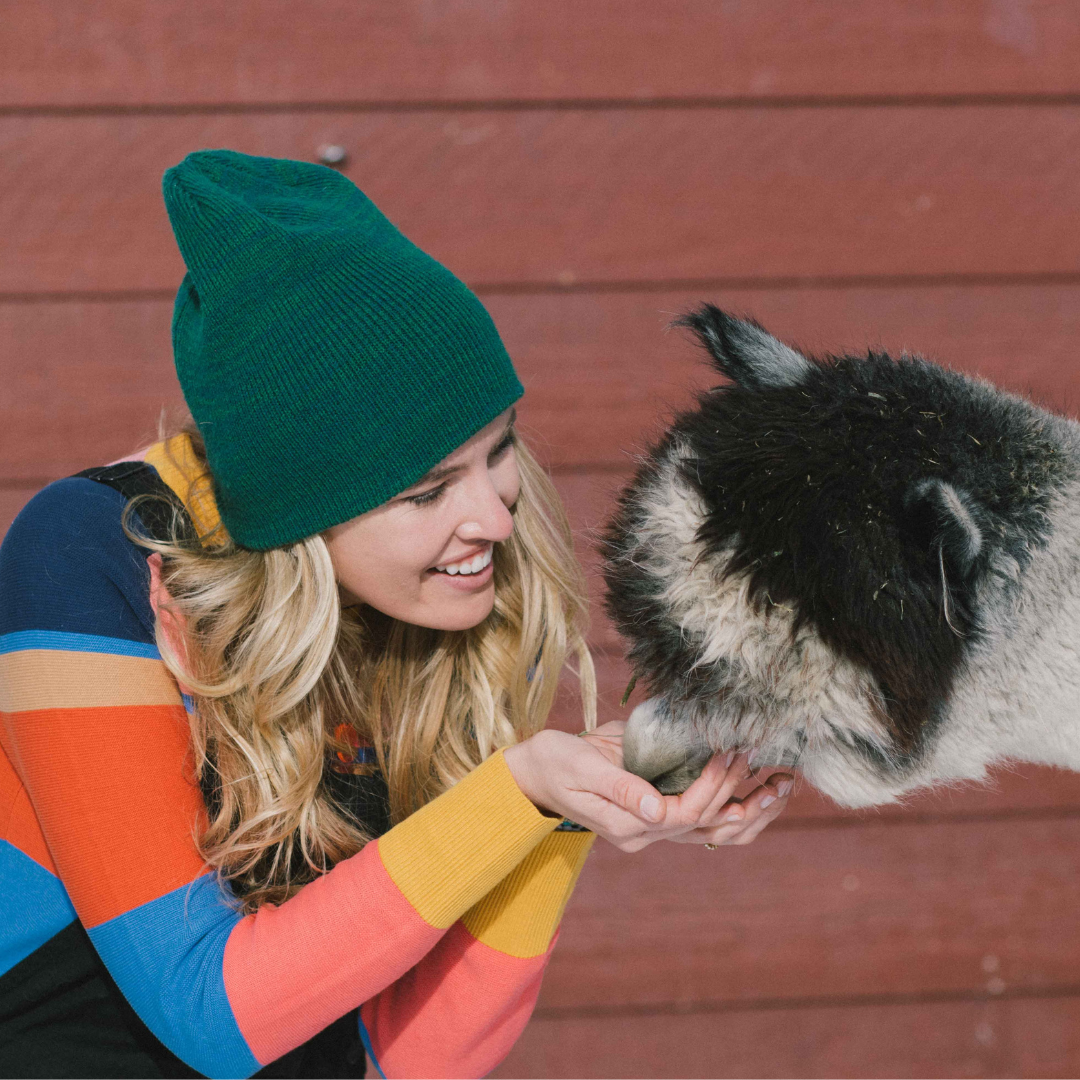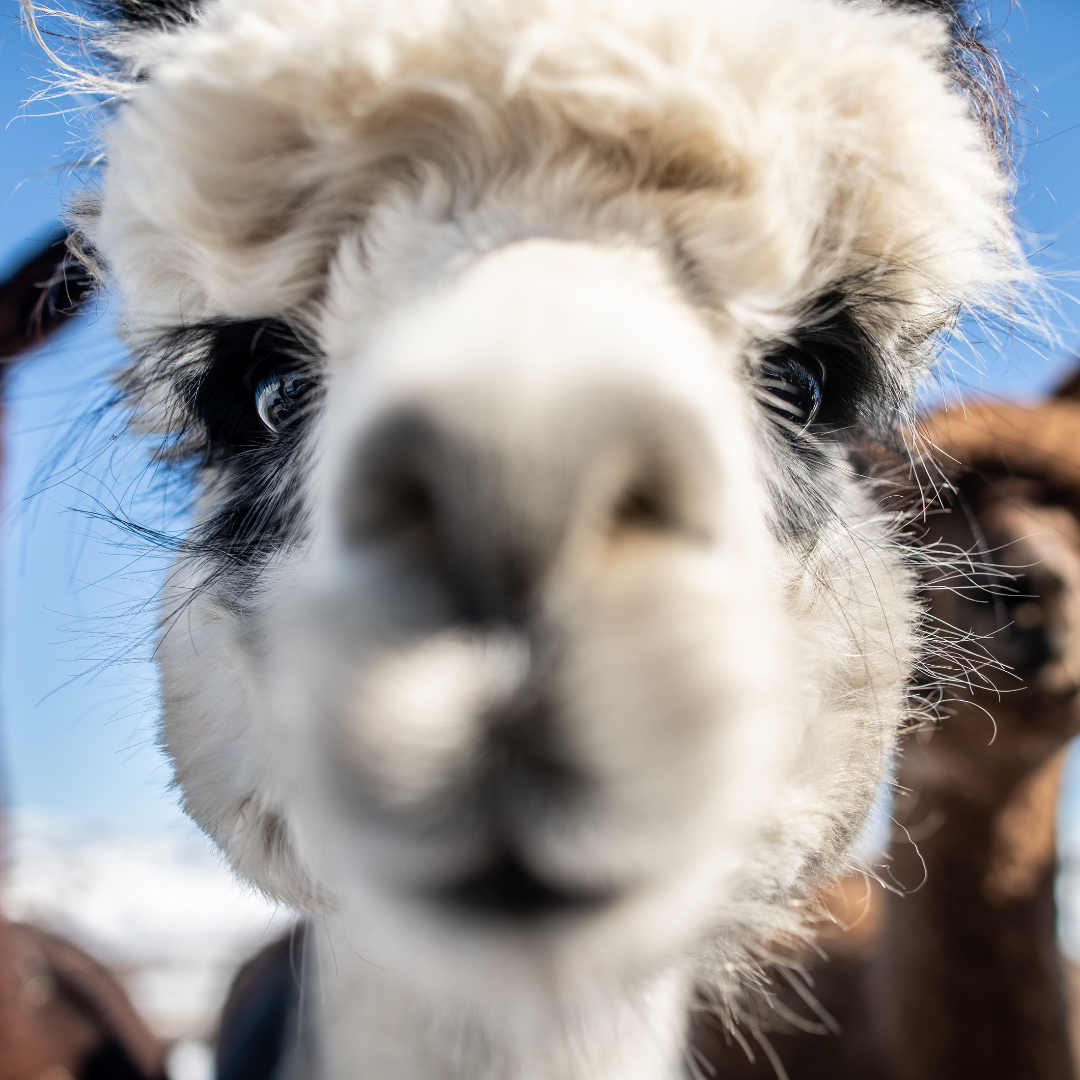 Composting is an essential part of degrading manure. Composting reduces the volume of the non-composted material by 70-80% - and all you need to do is let it "cook". The heat involved kills viable parasites and other worms that could otherwise enter a grazing animal. Additionally, composting allows the humus content of the manure to be returned to the soil in a way that is hygienic and boosts many soils’ nutritive levels.
Composting is an essential part of degrading manure. Composting reduces the volume of the non-composted material by 70-80% - and all you need to do is let it "cook". The heat involved kills viable parasites and other worms that could otherwise enter a grazing animal. Additionally, composting allows the humus content of the manure to be returned to the soil in a way that is hygienic and boosts many soils’ nutritive levels.
Fresh alpaca manure by itself has a low composition of nitrogen, phosphorus and potassium (N-P-K). These are the standard abbreviations seen on a bag of fertilizer. The percent levels of these nutrients in alpaca manure is about 1,2,1, meaning on a weight basis, a nitrogen level of 1%, a potassium level of 2% and a phosphorus level of 1%.
Composting degrades the physical “beans,” rendering the compost a very rich medium, but not as high as to “burn” plants, seedlings or forages. I use composted alpaca manure as a seed starter.
You start the compost pile with a shovel full of black dirt from the field, forest or other compost pile, mixing it in with beans and some water. Composting is best done alternating layers of nutrients (which I like to call the “lasagna” concept). In alternating layers, we stack beans from the pasture, then waste hay, leaves (in the fall), and other leafy greens (weeds) from the vegetable garden in the summer. It is critical not to put in kitchen waste as this will attract all kinds of wild creatures (opossums, raccoons, bear, etc).
The pile needs to be wetted down (damp sponge feel), depending on your weather patterns, heat, wind, etc. Every month or so, you can turn the pile, pulling out the material on the bottom and adding it to the top. Depending on the pile size, this can be done with a pitchfork or bucket loader. Although not necessary, this turning accelerates the process.
I do not apply compost until it has aged about a full year (four full seasons).The best time to put compost down is the rapid growing season when it will not run off with spring rains. I put some in the wheel barrow and toss it out, then rake the result smooth with a leaf rake. The deep dark color and marvelous organic small are a pleasant experience.
 Recall that the nutritive content, by the way of measuring the percent levels of N-P-K, are low. Why, then does the pasture or garden respond so well to composted manures? The answer is that the organic level of soil has been increased through humus. This humus is now laden with millions of beneficial bacteria that assist in facility uptake of soil fertility in the roots of the plant. The bacteria that develop in compost pile are not pathogenic (harmful) to alpacas, people, dogs/cats etc., but rather are the normal and natural bacteria found in good, dark and rich fertile soils.
Recall that the nutritive content, by the way of measuring the percent levels of N-P-K, are low. Why, then does the pasture or garden respond so well to composted manures? The answer is that the organic level of soil has been increased through humus. This humus is now laden with millions of beneficial bacteria that assist in facility uptake of soil fertility in the roots of the plant. The bacteria that develop in compost pile are not pathogenic (harmful) to alpacas, people, dogs/cats etc., but rather are the normal and natural bacteria found in good, dark and rich fertile soils.You can grow plants in washed sand (devoid of organic matter) with the daily application of water and some nutrients. However, the soil has no resiliency and you must add fertilizer virtually on a daily basis. The humus aspect of soil is the actual living aspect of the earth that allows plants to grow.
In summary, composting degrades organic matter to humus and is an excellent way to process your alpaca manure.
If you have questions, please feel free to contact us.



























































































